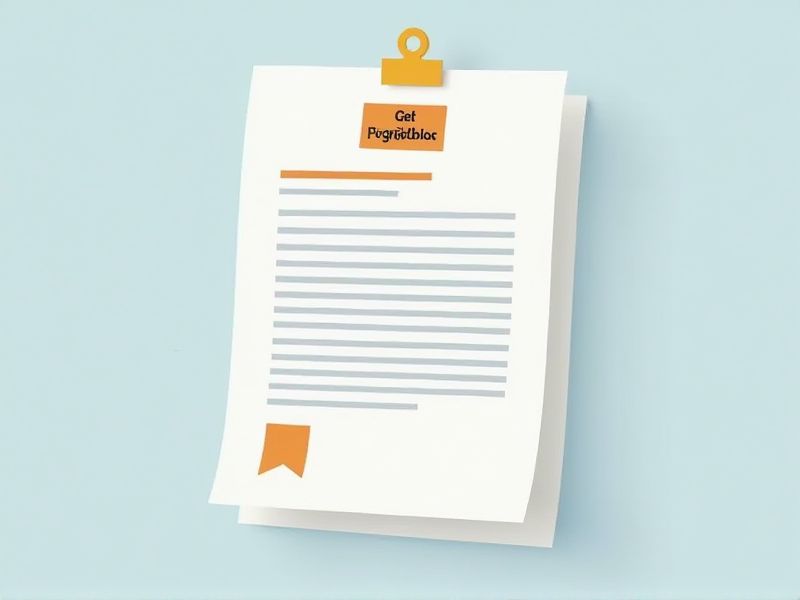
When writing a letter to an embassy, it is essential to follow a clear and formal format to ensure your message is conveyed professionally. Begin with your contact information and date, followed by the embassy's address. Start the letter with a formal salutation, such as Dear Sir or Madam or the specific title if known. Clearly state the purpose of your letter in the opening paragraph, providing necessary details in a concise manner. For your convenience, this article offers various embassy letter templates to help you draft an effective and well-structured letter.
Samples of letter format for embassy
Letter Format For Embassy Visa Application
Letter Format For Embassy Appointment Request
Letter Format For Embassy Sponsorship Verification
Letter Format For Embassy Travel Document Submission
Letter Format For Embassy Support Letter
Letter Format For Embassy Affidavit Of Support
Letter Format For Embassy Residency Application
Letter Format For Embassy Family Reunion Request
Letter Format For Embassy Job Offer Confirmation
Letter Format For Embassy Education Verification
Letter Format For Embassy Medical Emergency Appeal
Letter Format For Embassy Certificate Translation Request
Letter Format For Embassy Financial Support Letter
Letter Format For Embassy Request For Information
Letter Format For Embassy Tourist Visa Invitation
Letter Format For Embassy Petition For Citizenship
Letter Format For Embassy Travel Itinerary Submission
Letter Format For Embassy Background Check Request
Letter Format For Embassy Marriage Certificate Application
Letter Format For Embassy Proof Of Residence Letter
Important Things to Know when Writing Letter Format For Embassy
Proper Addressing And Salutation
Proper addressing and salutation in a letter to an embassy are crucial for establishing a respectful tone. Begin with the embassy's full title and address at the top, ensuring accuracy to avoid delays or miscommunication. Use formal salutations such as "Dear Ambassador [Last Name]" or "To Whom It May Concern," depending on your familiarity with the recipient. This attention to detail not only reflects professionalism but also enhances the effectiveness of your correspondence.
Clear Purpose And Subject Line
When writing a letter to an embassy, it is essential to have a clear purpose and an informative subject line to ensure the recipient understands your intent right away. The subject line should succinctly summarize the main topic of your correspondence, making it easy for embassy staff to prioritize and categorize your request. Clearly stating your purpose within the first few sentences of the letter helps convey your message effectively, allowing embassy officials to quickly grasp the nature of your inquiry or application. This clarity not only facilitates prompt processing but also demonstrates your professionalism and attention to detail.
Formal Tone And Language
When writing a letter to an embassy, maintaining a formal tone and language is crucial. This means using polite and respectful expressions, avoiding colloquialisms, and adhering to a professional style throughout the document. Address the recipient with their appropriate title and include your own contact information clearly to facilitate communication. Such attention to detail not only conveys your seriousness but also enhances the likelihood of your message being received positively.
Inclusion Of Relevant Personal And Passport Details
When preparing a letter for an embassy, it is crucial to include relevant personal information such as your full name, date of birth, and contact details. Additionally, your passport number and expiration date should be clearly stated to avoid any confusion. This information not only helps in identifying you but also facilitates the processing of your request or application. Ensuring that these details are accurate and prominently placed in your letter can significantly enhance the efficiency of your communication with the embassy.
Signature And Contact Information
When preparing a letter for an embassy, ensuring that your signature is included is crucial, as it reflects authenticity and personal commitment. Your contact information, typically positioned at the top or bottom of the letter, allows embassy staff to reach you easily for follow-up or clarification regarding your correspondence. Clearly displaying your name, phone number, and email address can facilitate prompt responses and streamline communication. Pay careful attention to formatting and clarity, as these elements contribute to the professional tone of your correspondence.
